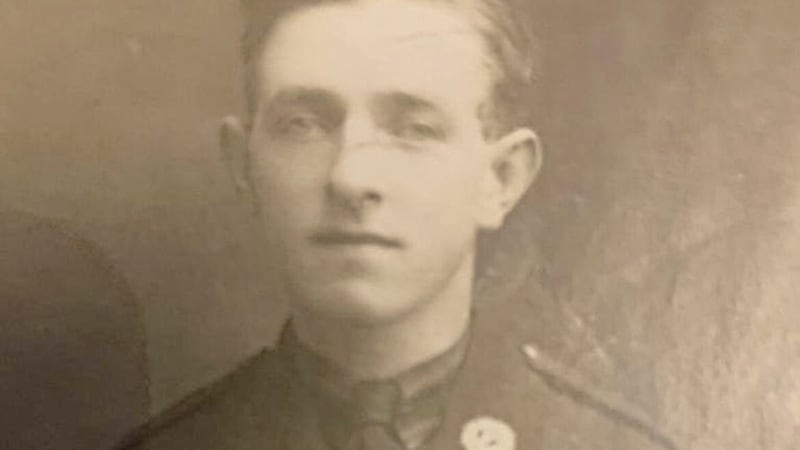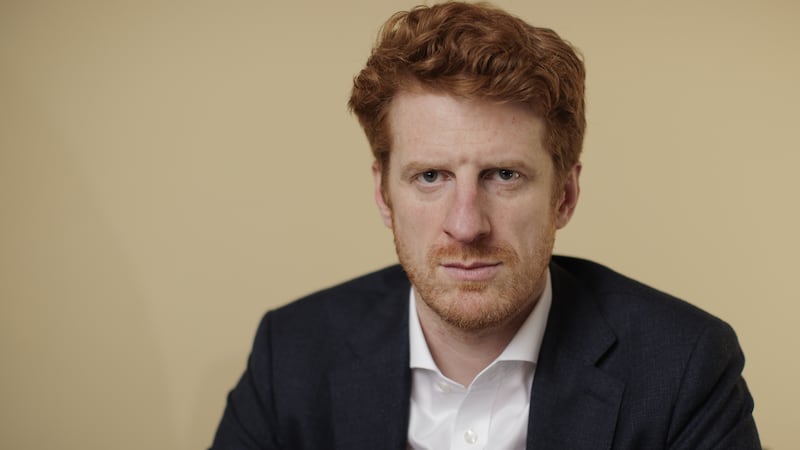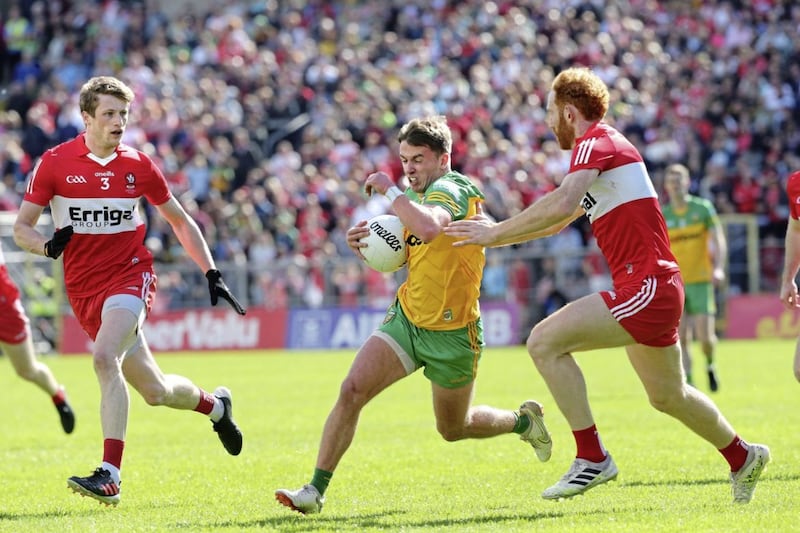Relatives of two Derry members of an IRA 'flying column' which fought in County Donegal in the Irish War of Independence are being sought to attend the unveiling of a monument in their honour.
Alfie McCallion and William Cullen’s names are to be included on the monument marking the role of the column which was put together to fight Black and Tans in west Donegal in 1921.
The monumental stone and commemorative plaque are to be placed at Ballymacool on the outskirts of Letterkenny. It was from Ballymacool that the column began an epic cross country trek on foot, across the Glendowan Mountains, through the village and Doochary and into Dungloe, Burtonport and Glenveagh. From there they wreaked havoc among British forces, ambushing troop trains in Crolly and Meenbanad and attacking RIC barracks in Falcarragh and Glenties.
Now, the grandson of one of the column, Noel McCann from Letterkenny plans marking their struggle with the monument. Mr McCann’s grandfather, Seamus McCann from Derry joined the Irish Volunteers in 1918 and was recruited for the flying column by Peadar O’Donnell at a meeting in the Shamrock Hall in the city’s Bogside in December 1920.
He recruited McCallion, Cullen, McCann (Waterloo Street) and Jim Tailor (Barry Street). James McKee from County Armagh joined along with Monaghan man, Con Connolly, William Doheny from Tipperary and Cork men, Jim Walsh and Tom Sullivan. When they arrived in west Donegal, they were joined by Dungloe men, Frank O’Donnell, Con Boyle and Joe O’Donnell.
In a submission to the Bureau of Military History in Dublin in 1952, Seamus McCann gave a dramatic account of the mountain trek to the west.
“The rifles we carried were old and required cleaning so we loaded up and fired a volley into the mountains to clean the bores of the rifles. We resumed our march then until we came to the village of Doochary and from there on to Derryhenney where we spent the night.
“We arrived the next night, 1st January 1921 in west Donegal. At this stage, some of the column were getting it hard to keep going with blisters on their feet but we soon got used to even that.”
The column set up HQ at Croveigh outside Dungloe where McCann sang the praises of the local people who “kept an open house for all the men on the run”.
He recalled: “On our arrival in Croveghy (Croveigh), James Doran came out to welcome up, saying ‘Whilst there is a cow in Croveghy, you’ll not want.’”
The column remained in west Donegal for three months, engaging the Black and Tans at every opportunity before returning to Derry in April that year.
McCann’s grandson said the role of the O’Donnell column could not be exaggerated. He believes it galvanised support in Donegal and this was one of the reasons that the county was not included in the new Northern Ireland. While they monument committee was able to contact the families of most of the flying column members, Mr McCann said they have drawn a blank with Alfie McCallion and William Cullen.
“We think Alfie might have gone to America after the war but we know very little about William Cullen and we, obviously, want their families to attend the unveiling,” he said.
The Letterkenny man urged anyone with information about the two flying column members to contact him at noelmccann@live.ie.







